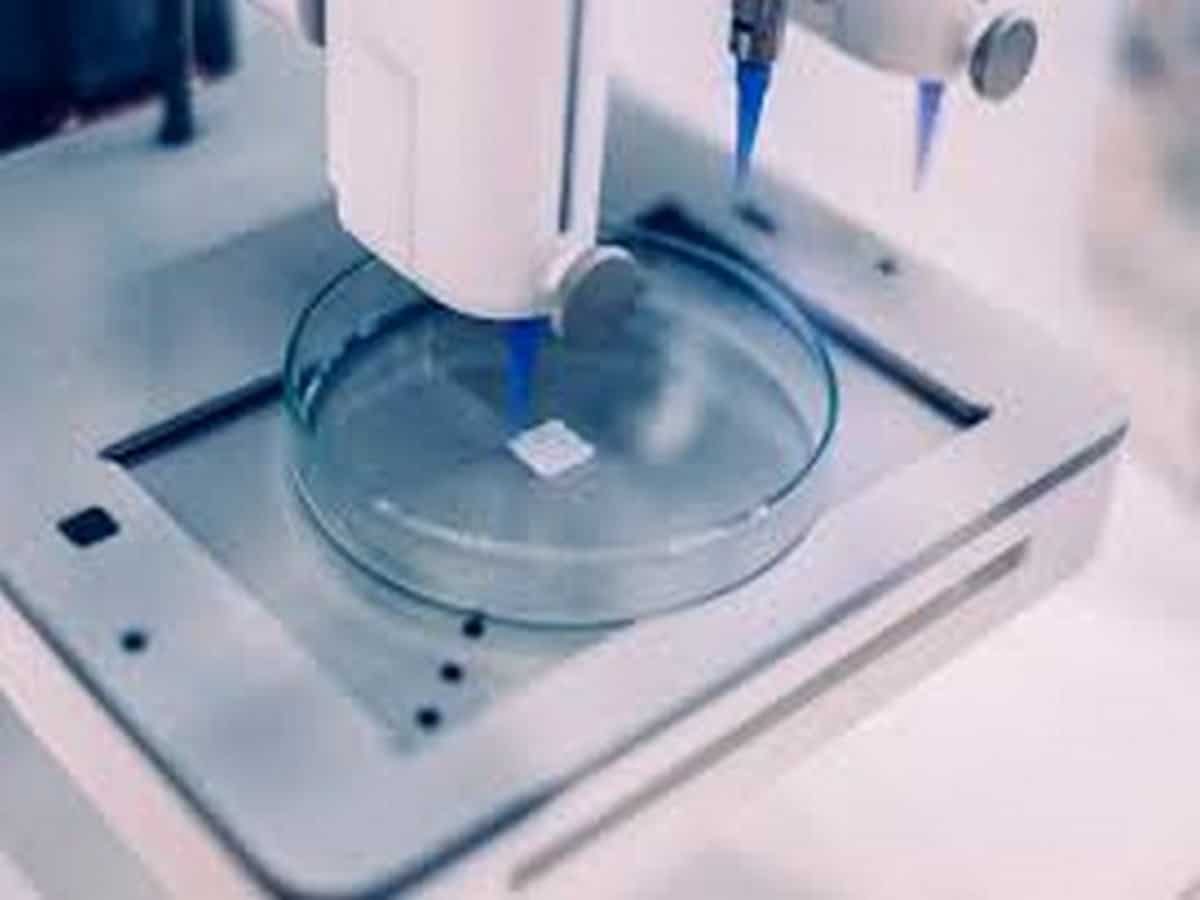Washington D.C. [USA]: The utilisation of 3D printing-like techniques to combine cells, growth factors that imitate natural tissue characteristics is known as bioprinting. A team of scientists have laid a roadmap to take the research forward in the field.
The study was published in the journal Biofabrication. Leading researchers define the status, challenges and opportunities in the field, and forecast the required advances in science & technology to overcome the challenges to a range of bioprinting techniques and applications.
Introducing the collection, guest editor Professor Wei Sun, from Drexel University, Philadelphia, USA and Tsinghua University, Beijing, China, said: “Cells are nature’s building blocks. Bioprinting uses cells, proteins and biomaterials as building blocks to 3D printed biological models, biological systems and therapeutic products.
“It has rapidly evolved into printing biomaterials for tissue scaffolds and implants, printing cells or organoids for 3D biological models, and printing micro-organ-chips for micro-physiological platforms and engineered living systems, such as cellular machining and biorobots.
“There are a number of challenges to overcome, including the need for a new generation of novel bioinks with multi-functional properties to better transport, protect and grow cells during and after printing; better printing processes and printers to deliver cells with high survivability and high precision; efficient and effective crosslinking techniques and crosslinkers to maintain the structure integrity and stability after printing; integration with microfluidic devices to provide a long term and a simulated physiological environment to culture printed models.
“Due to the rapid advancements in bioprinting techniques and their wide-ranging applications, the direction in which the field should advance is still evolving. The roadmap aims to address this unmet need by providing a comprehensive summary and recommendations, useful to experienced researchers and newcomers to the field alike.”

